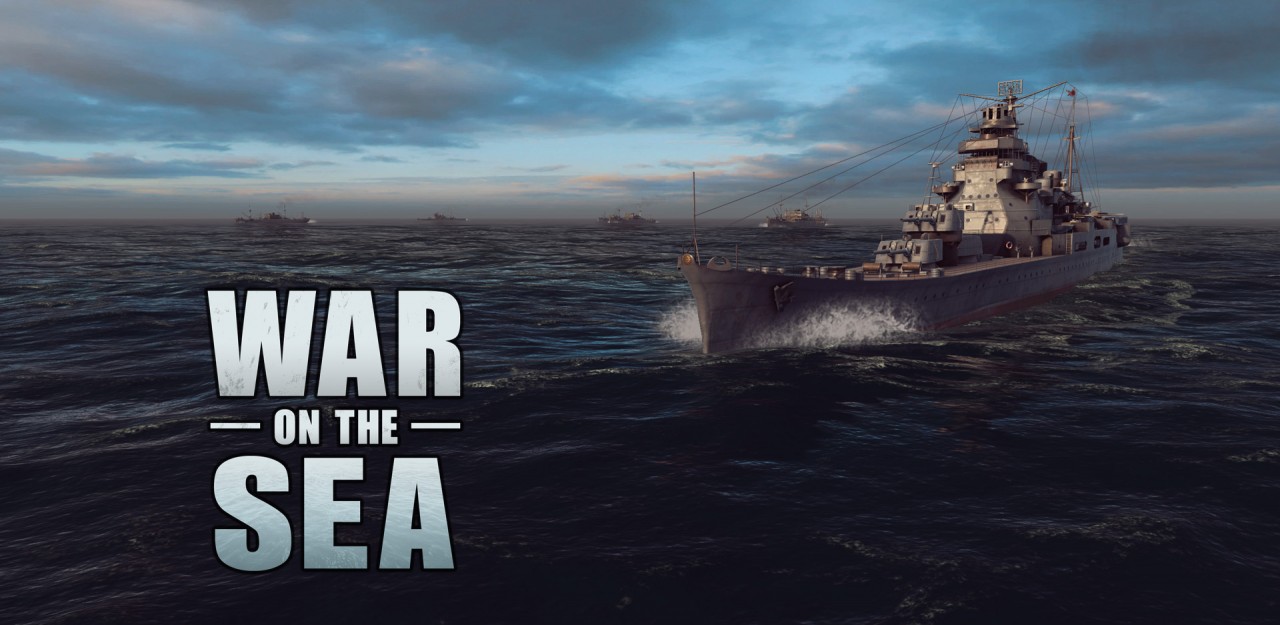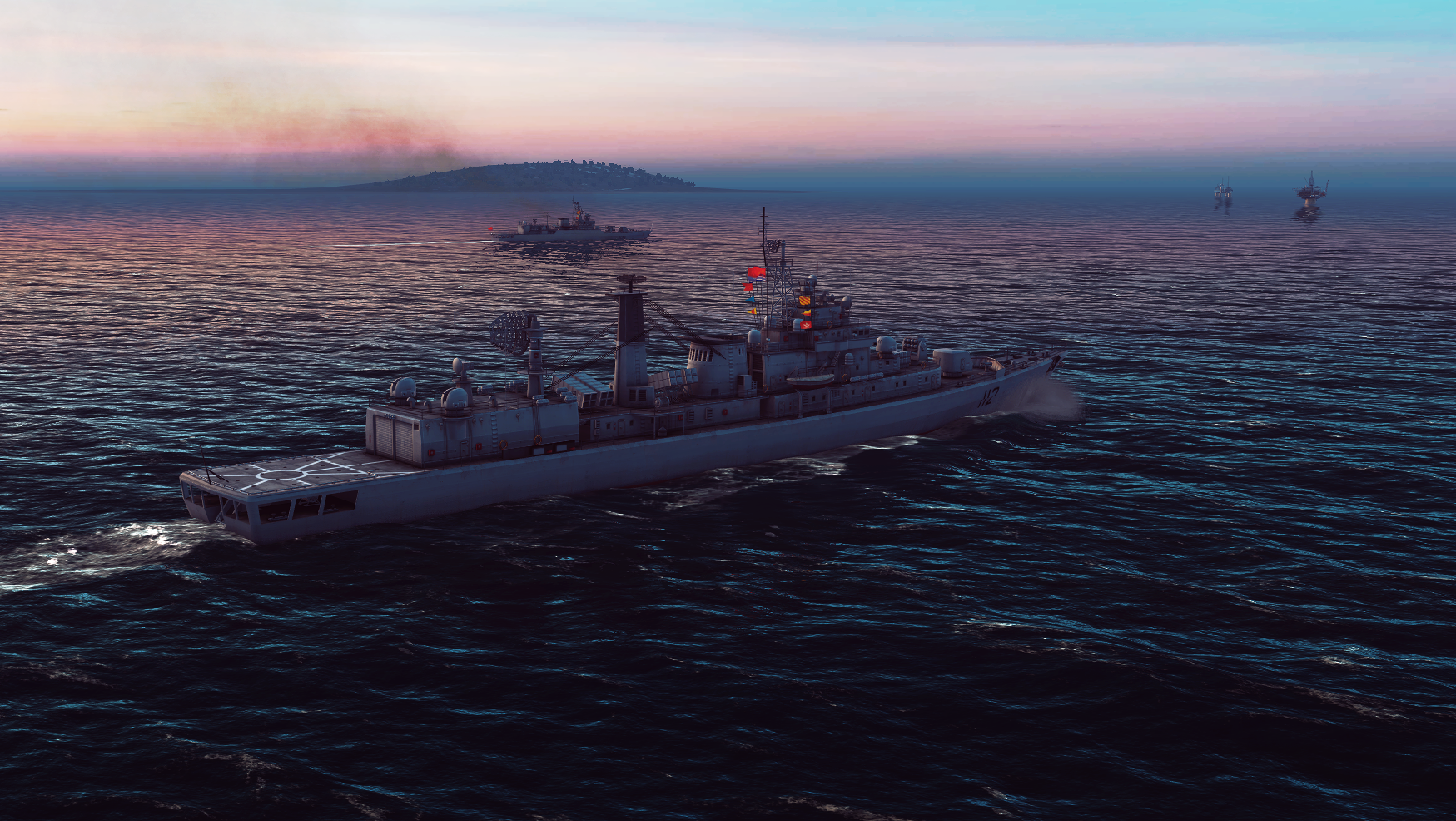


This essay first overviews Chinese and Russian military activities in the western Pacific.

The United States and Japan need to narrow this perception gap on Russia while coordinating responses to the China-Russia strategic partnership. Washington views Moscow as a strategic competitor, while Tokyo perceives Moscow as a strategic partner. China-Russia military cooperation in the western Pacific poses another challenge to Tokyo and Washington. China is making the South China Sea a strategic bastion, while establishing a buffer in the East China Sea vis-à-vis the United States and Japan. Japan’s latest National Defense Program Guidelines show concern about China’s rapid quantitative and qualitative improvement of nuclear, missile, naval, and air capabilities in the new cyber, space, and electromagnetic domains. However, China’s development of anti-access/area-denial (A2/AD) capabilities is now challenging the United States’ and Japan’s maritime supremacy in the western Pacific. In response, the United States and Japan, while opening to China, which maintained large land forces along the Sino-Soviet border, strengthened their combined sea control and contained the Soviet Pacific Fleet within the Sea of Japan. By the 1980s, the Soviet Union had reinforced its naval and air forces in the Far East, both nuclear and conventional, in an attempt to make the Sea of Okhotsk a “sanctuary,” or a strategic bastion, for its nuclear-powered ballistic missile submarines (SSBNs). Īfter the Cuban missile crisis of 1962, the Soviet Union learned the importance of sea power and by the early 1970s had developed the world’s second-largest navy. Neither side can project sufficient conventional power into the realm of the other. The continental power of Russia and China dominates the Asian landmass, while the maritime power of the United States and Japan secures freedom of the seas in the western Pacific. China’s growing maritime power is changing the military balance among Asian countries.


 0 kommentar(er)
0 kommentar(er)
